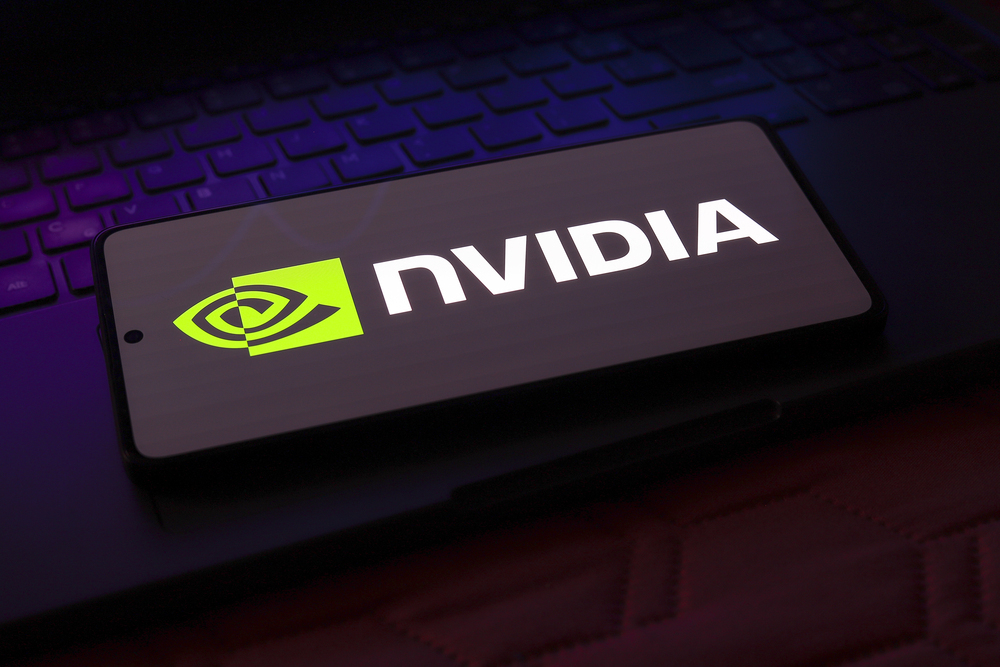The ES futures continue to lead as the most widely traded futures market on the planet. But back in 2019, another instrument hit the scene – the Micro!
Facts on Futures Series: Part 5
We’re in the home stretch of my 6-part series!
The Evolution of E-Mini and Micro E-Mini Futures
The E-Mini S&P 500 futures (ES) began trading in September 1997 as a more accessible version of the standard S&P 500 futures contract. However, as market prices grew, the contract size became too large for many newer traders.
Recognizing this, the Chicago Mercantile Exchange (CME) introduced Micro E-Mini futures (MES) in May 2019. These contracts were designed to lower the financial barriers to entry, making futures trading more accessible to retail traders.
Key Features of Micro E-Mini Futures
Micro E-Mini futures are available across all four major U.S. equity indexes:
- S&P 500 (MES)
- NASDAQ-100 (MNQ)
- Dow Jones Industrial Average (MYM)
- Russell 2000 (M2K)
Contract Size Comparison
The defining feature of Micro E-Mini futures is their size:
- Micro E-Mini contracts are one-tenth the size of their respective E-Mini contracts.
- For the S&P 500 Micro E-Mini (MES):
- One tick = 0.25 index points = $1.25 (compared to $12.50 for ES)
- One point (four ticks) = $5 (compared to $50 for ES)
This reduced size allows traders with smaller accounts to participate in the same markets with lower capital requirements.
Specific margins will depend on your brokerage. But as of right now looking at TradeStation>>, you need $1,674.10 to daytrade (within the session) 1 ES contract, while it’s just $167.40 for one MES contract.
Again that’s for scalping and daytrading, the margin requirements for swing trading (holding beyond one session) are 10x more, so $16,741.00 to swing trade the ES and $1,674.10 to swing trade the MES.
Mini to Micro: What Stays the Same?
Despite the smaller size, Micro E-Mini futures maintain key features of their E-Mini counterparts:
- Quarterly expiration cycles (March, June, September, December)
- Nearly 24-hour trading, six days a week
- Tracks the underlying S&P 500 cash index (though minor variances may occur)
Using Micro E-Minis for Hedging
While Micro E-Minis offer smaller position sizing, they can also be used as a hedge against standard E-Mini contracts.
For example, if you are long one ES contract but short 10 MES contracts, you theoretically have a net-zero position.
However, this does not mean full fungibility. You cannot directly exchange one ES contract for 10 MES contracts as if they were identical assets.
Although I personally do not hedge using Micro E-Minis, this option is available for those who wish to fine-tune risk exposure.
We’ll wrap up with the types of accounts and other pertinent info regarding futures trading, stay tuned!


Leave a Reply